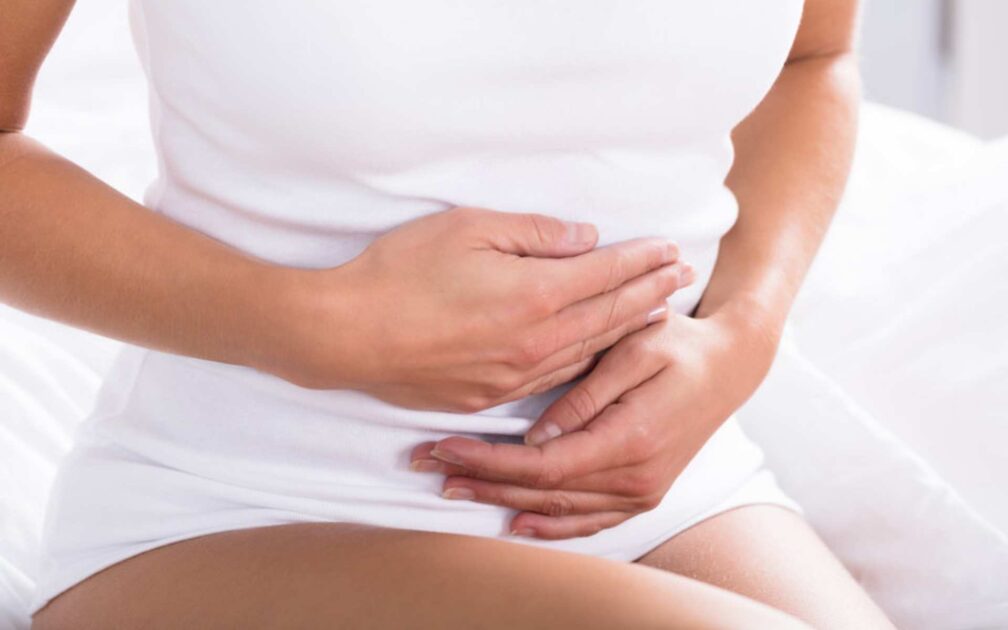The World Health Organization (WHO) estimates that 15% of Brazilian women, that is, 7 million women have endometriosis No brazil.
A endometriosis affects one in ten women of reproductive age (between 15 and 45 years old), which represents around 176 million patients worldwide. The disease is still responsible for almost 50% of cases of female infertility.
What is endometriosis?

With such alarming data, many patients still have doubts about what the endometriosis. It is an inflammatory disease caused by cells in the endometrium, the tissue that lines the uterus.
Instead of being expelled during menstruation, these endometrial cells regress and affect the organs of the reproductive system, such as the ovaries, and also the abdominal cavity, and can reach the bladder, intestine, rectum and others.
In more serious cases and without adequate treatment, endometriosis it can affect more distant organs, such as the lungs, heart and brain.
The causes of endometriosis are still unclear, however, it appears that the condition is caused by retrograde menstruation.
In these cases, some of the blood returns through the vaginal canal and settles in inappropriate places. This process occurs due to the constant stimulation of estrogen, a hormone that causes the endometrium to enlarge and results in monthly bleeding.
See too:
What are the symptoms of endometriosis?
The identification of the endometriosis It can be complicated by the existence of asymptomatic cases or cases in which the discomfort caused by the condition is confused with menstrual cramps. Still, symptoms of endometriosis, in general, include:
- Abdominal bloating and pelvic pain;
- Disabling colic during the menstrual period;
- Pain during or after sex;
- Discomfort or pain when urinating and evacuating;
- Intestine dysregulated, such as stuck or too loose;
- Irregular menstruation;
- Intestinal and urinary pain and bleeding during menstruation;
- Difficulty getting pregnant.
If these symptoms are identified, it is essential to seek immediate gynecological help for diagnosis and initiation of treatment.
See too:
How is the condition diagnosed?
If endometriosis is suspected based on the patient’s clinical history, the gynecologist may request different imaging and laboratory tests that confirm the condition, such as:
- Videolaparoscopy to visualize the lesions and collect material for biopsy;
- Ultrasound;
- Magnetic resonance imaging;
- CA-125 tumor marker blood test.
Based on the requested exams, the specialist will be able to classify the endometriosis as mild, moderate or severe, which also influences the treatment that will be carried out.
See too:
How is the treatment carried out?
A endometriosis It is a chronic disease and therefore has no cure. However, medical treatment helps combat the outbreaks of the condition and minimize the symptoms that cause discomfort to the patient.
One option is contraceptives that block the action of estrogen and prevent menstruation, although these medications were not developed for this purpose.
Medicines more targeted to the endometriosis include those that simulate the action of progesterone to control the endometrium.
Videolaparoscopy is an option for more advanced cases of the disease, as it allows the identification and cauterization of lesions caused in the reproductive system or abdominal cavity.
Early diagnosis of endometriosis It is essential to control the symptoms of the condition and provide the patient with a better quality of life. The most appropriate treatment option for the case must be evaluated jointly between the patient and the responsible medical team.




